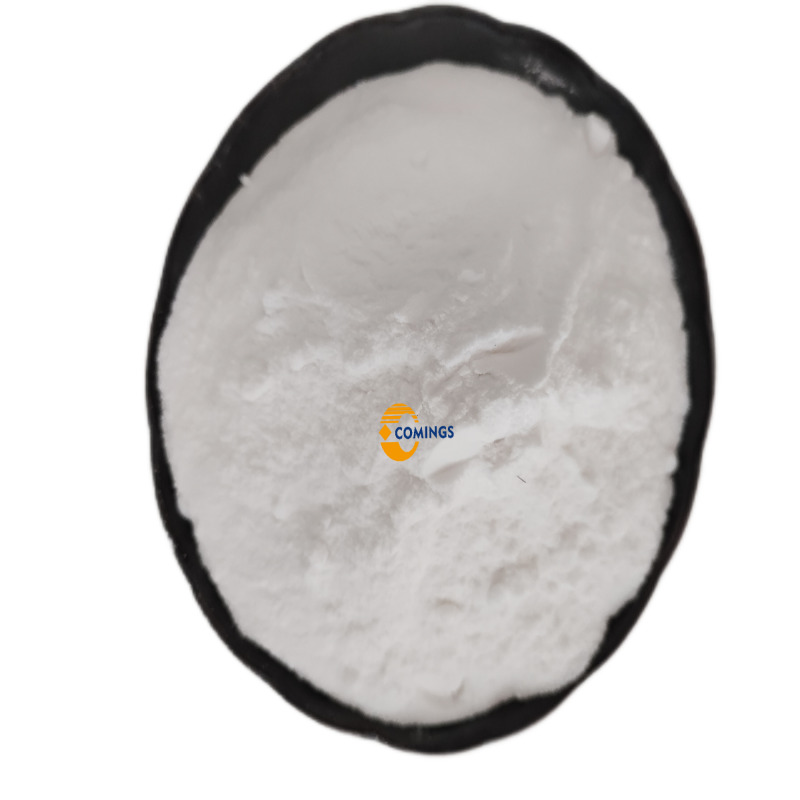-
Categories
-
Pharmaceutical Intermediates
-
Active Pharmaceutical Ingredients
-
Food Additives
- Industrial Coatings
- Agrochemicals
- Dyes and Pigments
- Surfactant
- Flavors and Fragrances
- Chemical Reagents
- Catalyst and Auxiliary
- Natural Products
- Inorganic Chemistry
-
Organic Chemistry
-
Biochemical Engineering
- Analytical Chemistry
-
Cosmetic Ingredient
- Water Treatment Chemical
-
Pharmaceutical Intermediates
Promotion
ECHEMI Mall
Wholesale
Weekly Price
Exhibition
News
-
Trade Service
Humans’ understanding of the ocean is still limited
.
The ocean contains abundant resources and has development potential; the issue of marine biological safety also requires sufficient attention
.
There are not only many undiscovered animal and plant species in the ocean, but also a larger number and more diverse types of microorganisms such as viruses
.
Traditional marine virus research focuses on DNA viruses represented by bacteriophages, and has limited understanding of the genetic diversity, ecological characteristics, and transmission modes of RNA viruses with high diversity and unstable genomes
.
Recently, Cui Jie's group at the Shanghai Pasteur Institute of the Chinese Academy of Sciences published a research paper entitled "Virome in marine ecosystems reveal remarkable invertebrate RNA virus diversity" in Science China Life Sciences, revealing the genetic diversity of marine invertebrate RNA viruses
.
Cui Jie’s team collected a total of 58 marine invertebrate samples from 3 phyla, 6 classes, and 58 species of marine invertebrates from different sea areas, and used the method of macrotranscriptome sequencing to study RNA virus groups of different species
.
The team identified a total of 363 RNA viruses covering 9 virus families (Durnavirales, Totiviridae, Bunyavirales, Chuviridae, Picornavirales, Flaviviridae, Hepelivirales, Solemoviridae, Tombusviridae), of which 315 have low similarities to known RNA viruses , May represent a new marine RNA virus
.
The team also reported three marine invertebrate hantaviruses, which are older than terrestrial mammal hantaviruses, further supporting the hypothesis of the marine origin of hantaviruses
.
Figure 1.
Virus distribution and diversity of viruses in the invertebrate transcriptome: The bar chart above shows the number of PE reads in each library.
Different colors represent different sample collection locations: East China Sea-Red, Yellow Sea- Yellow, South China Sea-blue, the name of each library and the classification of the host are displayed at the top of the histogram
.
The bar graph below shows the type and number of viruses found in each library
.
Figure 2.
The correlation between the rate of virus transmission across hosts and the number of viruses: the abscissa reflects the number of viruses, and the ordinate reflects the frequency of cross-host transmission events.
The line and the gray area represent the fitting curve of the linear regression analysis and 95% confidence interval
.
The team demonstrated the rich genetic diversity of marine viruses and the plasticity of viral genomes, and revealed the possible spread of viruses between different sea areas and between different host types
.
On the whole, this research provides important insights into the origin, evolution, and spread of marine RNA viruses by analyzing the characteristics of marine invertebrate RNA viruses
.
Graduate student Zhang Yuyi and research assistant Chen Yicong are the co-first authors of the article, and researcher Cui Jie is the corresponding author
.
The research was funded by the National Natural Science Foundation of China and the Key Laboratory of Molecular Viruses and Immunity of the Chinese Academy of Sciences
.
For details of the research, please read the original text▼[click the link below or read the original text] Zhang, YY, Chen, Y.
, Wei, X.
, and Cui, J.
(2021).
Viromes in marine ecosystems reveal remarkable invertebrate RNA virus diversity.
Sci China Life Sci 64, https://doi.
org/10.
1007/s11427-020-1936-2






